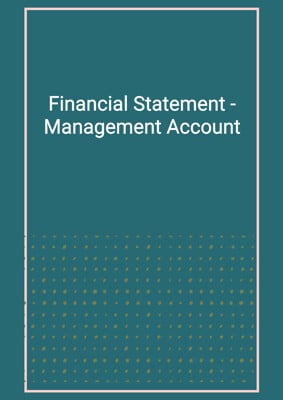How to Tailor the Document for Your Need?
01
Create Document
Click "Create Document" button and the document will be prepared with your account details automatically filled in.
02
Fill Information
Please fill in any additional information by following the step-by-step guide on the left hand side of the preview document and click the "Next" button.
03
Get Document
When you are done, click the "Get Document" button and you can download the document in Word or PDF format.
04
Review Document
Please review the document carefully and make any final modifications to ensure that the details are correct before publication / distribution.
Document Preview
Document Description
The document titled 'Introduction to Pitch to Potential Investors / Incubators' provides valuable information on how to deliver an effective pitch to potential investors or incubators. The document emphasizes the importance of various aspects of the pitch and offers detailed guidance on each section.
The document begins by highlighting the significance of body language in a pitch. It advises the presenter to maintain a professional appearance and posture, exuding confidence from the moment they enter the room. The importance of being likable is stressed, as it is considered a crucial factor in the success of a pitch.
Next, the document focuses on the visual aspect of the presentation. It recommends creating simple slides with keywords and graphics, avoiding excessive text. Reading directly from the slides is discouraged, and the presenter is encouraged to practice their tone, speaking slowly and confidently.
The document suggests incorporating a short story into the pitch, one that relates to the project's origins and purpose. It emphasizes the need for the story to be interesting, relevant, and concise, as it can make a potentially dull business more engaging.
Simplicity is another key aspect highlighted in the document. It advises presenters to provide less information initially, encouraging the audience to ask for more. Using metaphors and analogies is recommended to aid in the audience's understanding and retention of the information.
Enthusiasm is deemed essential throughout the pitch. The document urges presenters to maintain their enthusiasm and make the business sound important and interesting. It prompts presenters to consider how the world would benefit from their business and the problems it aims to solve.
Lastly, the document advises presenters to think about the type of support they require from the audience, such as financial, network, infrastructure, or IT support. Tailoring the pitch to address these specific needs is recommended.
Overall, the document provides comprehensive guidance on delivering a successful pitch to potential investors or incubators, covering various crucial aspects such as body language, visuals, storytelling, simplicity, enthusiasm, and identifying support needs.
How to use this document?
1. Pay attention to your body language: Maintain a professional appearance and posture throughout the pitch. Smile, shake hands confidently, and be likable.
2. Create visually appealing slides: Prepare simple slides with keywords and graphics. Avoid excessive text and reading directly from the slides.
3. Practice your tone and speaking pace: Speak slowly and confidently, avoiding a high-pitched or monotone voice. Consider getting a voice coach if necessary.
4. Incorporate a short, interesting story: Relate a story that explains the project's origins and purpose. Keep it relevant and concise.
5. Keep it simple: Provide less information initially, encouraging the audience to ask for more. Use metaphors and analogies to aid understanding.
6. Maintain enthusiasm: Make the business sound important and interesting. Highlight the benefits it brings to the world and the problems it solves.
7. Tailor the pitch to specific support needs: Identify the type of support required from the audience, such as financial, network, infrastructure, or IT support. Customize the pitch accordingly.
Not the right document?
Don’t worry, we have thousands of documents for you to choose from:














